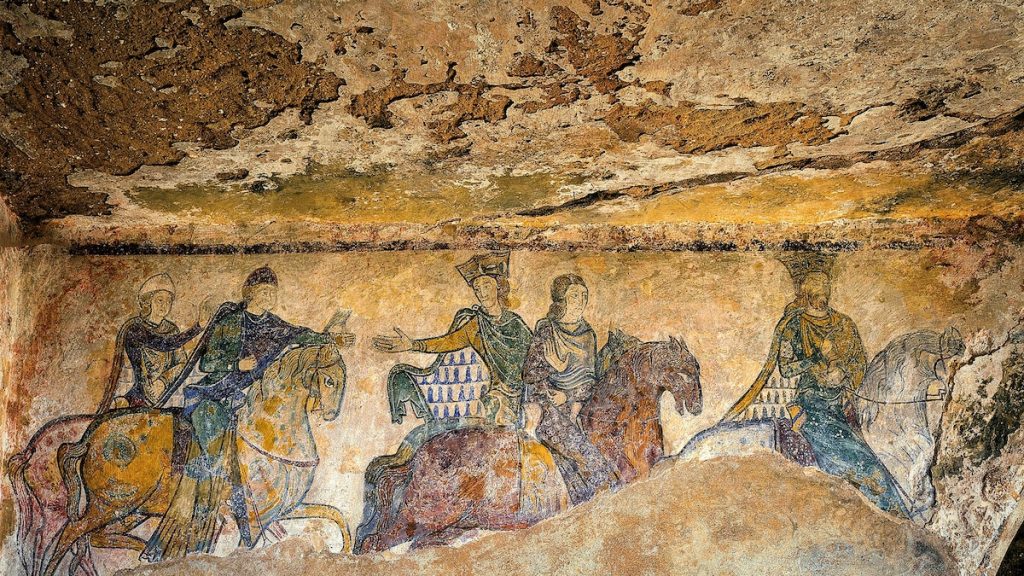Now Reading: Tetris and the Math Challenge Even Computers Can’t Solve
-
01
Tetris and the Math Challenge Even Computers Can’t Solve
Tetris and the Math Challenge Even Computers Can’t Solve

Rapid Summary
- Game Overview: Tetris, launched in 1984 by Russian programmer Alexey Pajitnov, has grown into a global phenomenon with millions of players over decades. Its simple mechanics involve arranging falling bricks to fill a playing field completely.
- Connection to Mathematics: The game aligns with mathematical problems, notably geometry’s parquet challenges where tiles must cover spaces without gaps. It appeals strongly to mathematicians studying computational complexity.
- Mathematical Complexity: Tetris is classified as an NP-complete problem based on its logical parallel with the three-partition mathematical challenge involving subset sums of integers-placing it among highly complex computational puzzles for conventional computers.
- Limits of Computability: Research shows that even when simplified (e.g., using only one type of brick), certain questions about hypothetical outcomes in Tetris are undecidable-highlighting ties to Gödel’s incompleteness theorems and surpassing computational limits.
- Modern Achievement: Innovations like “rolling” techniques have enabled staggering progress in playing levels, evidenced by a record-breaking achievement reaching level 157 in 2023 by a then 13-year-old player.
Indian Opinion Analysis
The unresolved complexities behind popular games like Tetris demonstrate how seemingly simple tasks can reflect broader challenges in fields such as mathematics and computer science. India’s growing focus on STEM education could benefit from leveraging concepts like NP-complete problems within curricula to ignite intellectual curiosity among students while illustrating thier real-world applications through engaging mediums such as video games.
Additionally, India’s burgeoning tech industry may find inspiration or practical tools connected to these studies around algorithmic efficiency and decision-making under constraints-themes deeply embedded within both gaming advancement and AI research alike.
tetris also highlights timeless innovation; India’s digital gaming scene could draw lessons from its longevity-a testament that simplicity combined with strategic depth fosters enduring appeal across generations.


























